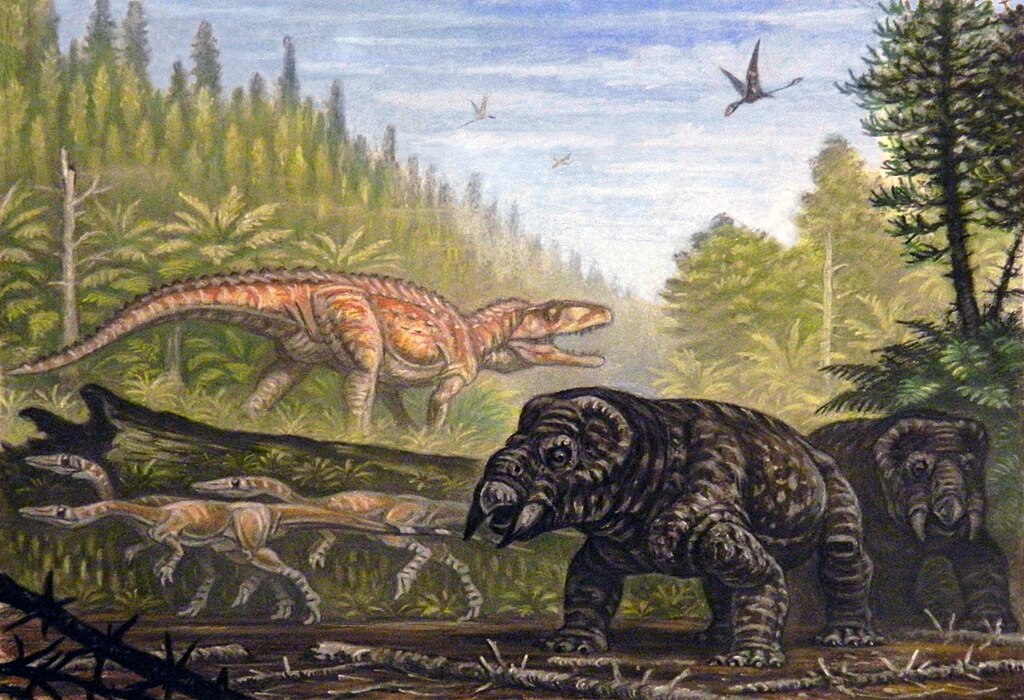Walking through the Australian Museum’s fossil galleries feels like stepping into a time machine that transports you millions of years into Sydney’s ancient past. The city we know today as a bustling harbor metropolis was once home to creatures so bizarre and magnificent that they would make even the most imaginative science fiction writer jealous. These prehistoric residents left behind incredible stories written in stone, and nowhere else can you experience their legacy quite like this remarkable institution.
The Giants That Once Roamed Sydney’s Ancient Landscapes
Long before the Sydney Harbour Bridge graced the skyline, massive creatures called megafauna dominated the landscape where our modern city now stands. The Australian Museum houses jaw-dropping specimens of Diprotodon, an enormous marsupial that weighed as much as a small car and wandered through what would become suburban neighborhoods. These gentle giants, often called “marsupial rhinos,” lived alongside their human ancestors just 50,000 years ago. Imagine encountering one of these massive herbivores while walking through what is now Hyde Park. The museum’s carefully preserved fossils reveal how these creatures adapted to Australia’s changing climate, painting a vivid picture of survival in an ancient world.
Marine Monsters from Sydney’s Underwater Past

The rocks beneath Sydney tell an incredible story of when the entire region lay submerged beneath ancient seas teeming with life. Spectacular marine fossils displayed at the museum showcase creatures that would make today’s great white sharks look like minnows. Ancient marine reptiles called plesiosaurs, with necks longer than giraffes and flippers more powerful than any modern whale, once glided through waters that covered present-day Sydney. These fossils, some discovered right in the heart of the city during construction projects, remind us that skyscrapers now stand where prehistoric sea monsters once hunted. The museum’s collection includes perfectly preserved specimens that show intricate details of scales, teeth, and bone structure that have survived millions of years.
Discovering Fossils in Your Own Backyard
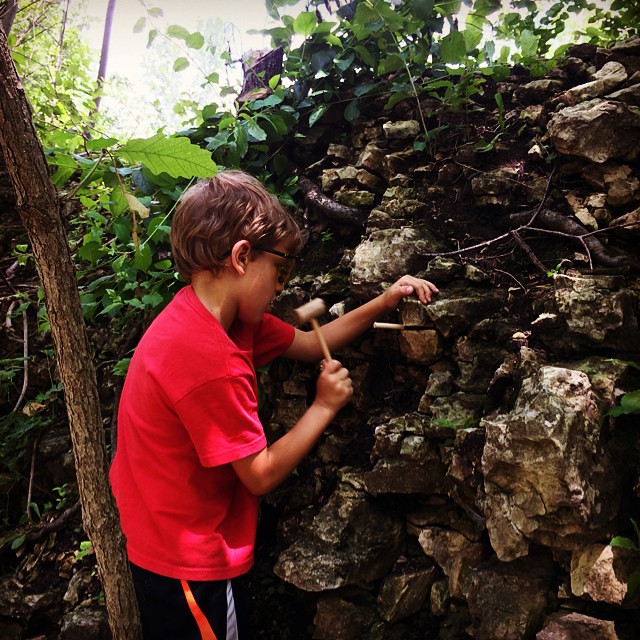
What makes Sydney’s fossil heritage truly extraordinary is how accessible it remains to ordinary residents and visitors. Construction workers regularly uncover prehistoric treasures while digging building foundations, and beachcombers along the coastline sometimes stumble upon ancient shells and coral formations. The Australian Museum actively encourages citizen scientists to report their discoveries, creating a community-driven approach to paleontological research. Rock formations visible from popular hiking trails in the Blue Mountains contain fossils that amateur enthusiasts can spot with basic knowledge and keen observation. This accessibility transforms every Sydney resident into a potential fossil hunter, making prehistoric discovery a shared community experience rather than an exclusive scientific pursuit.
The Trilobite Treasures Hidden in Sydney’s Sandstone

Sydney’s famous sandstone buildings hold secrets that most people walk past without noticing every single day. The very stones used to construct historic buildings throughout the city contain fossilized trilobites, ancient sea creatures that lived over 400 million years ago. These arthropods, resembling oversized pill bugs with compound eyes, once scuttled across ocean floors where Sydney’s business district now bustles with activity. The Australian Museum’s trilobite collection includes specimens so well-preserved that you can see individual segments of their segmented bodies and the intricate patterns of their compound eyes. Visitors often express amazement when they realize that the stone steps they climbed to enter the museum likely contain similar fossil treasures waiting to be discovered.
Plant Fossils That Reveal Sydney’s Tropical Past
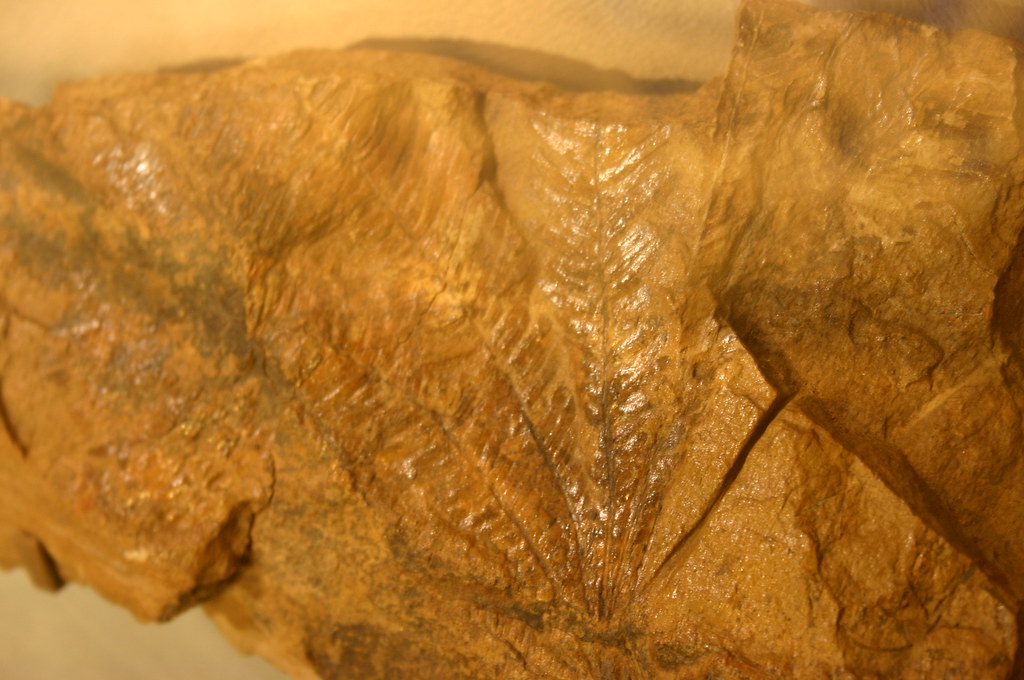
Before eucalyptus trees became synonymous with the Australian landscape, Sydney experienced a dramatically different climate that supported lush tropical vegetation. The museum’s plant fossil collection transports visitors to an era when palm trees, ferns the size of buildings, and flowering plants unlike anything seen today thrived in the region. These botanical fossils reveal that Sydney once enjoyed a climate similar to modern-day Indonesia or the Philippines, with high humidity and consistent warmth year-round. Perfectly preserved leaf impressions show intricate vein patterns and cellular structures that scientists use to reconstruct ancient ecosystems. The transition from this tropical paradise to today’s temperate climate represents one of the most dramatic environmental changes in Sydney’s geological history, documented through thousands of plant fossil specimens.
Volcanic Eruptions That Shaped Sydney’s Fossil Record
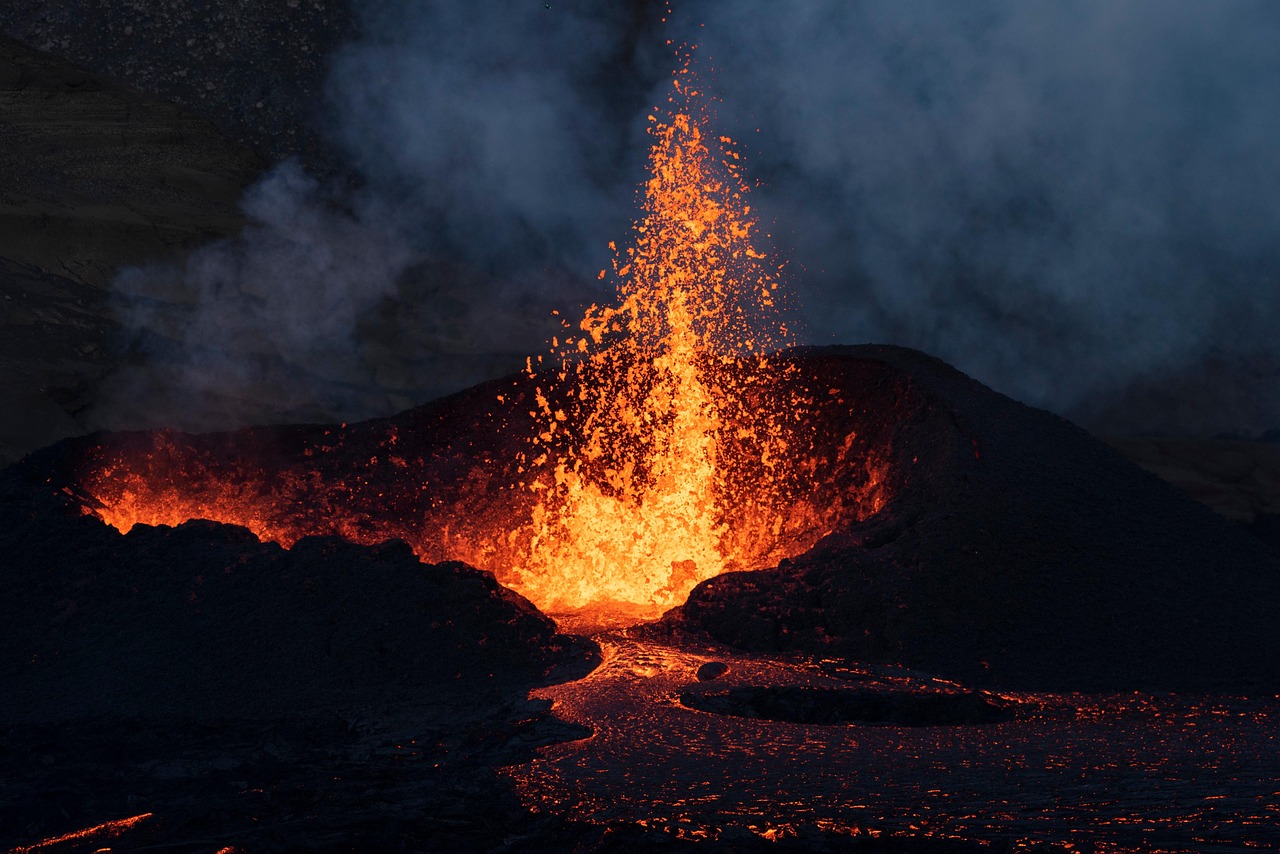
Explosive volcanic activity played a crucial role in preserving Sydney’s incredible fossil heritage, though most visitors never realize the violent origins of their favorite specimens. Ancient volcanic ash falls created perfect conditions for rapid fossil formation by quickly burying plants and animals before decay could destroy them. The museum’s volcanic fossil collection includes specimens that were literally flash-frozen in time by sudden eruptions, preserving incredible details that would normally disappear within days of death. These catastrophic events, while devastating for the creatures caught in them, provided modern scientists with unprecedented windows into prehistoric life. The contrast between the violent preservation process and the peaceful museum galleries creates a powerful reminder of nature’s dual capacity for destruction and creation.
Indigenous Connections to Sydney’s Ancient Past
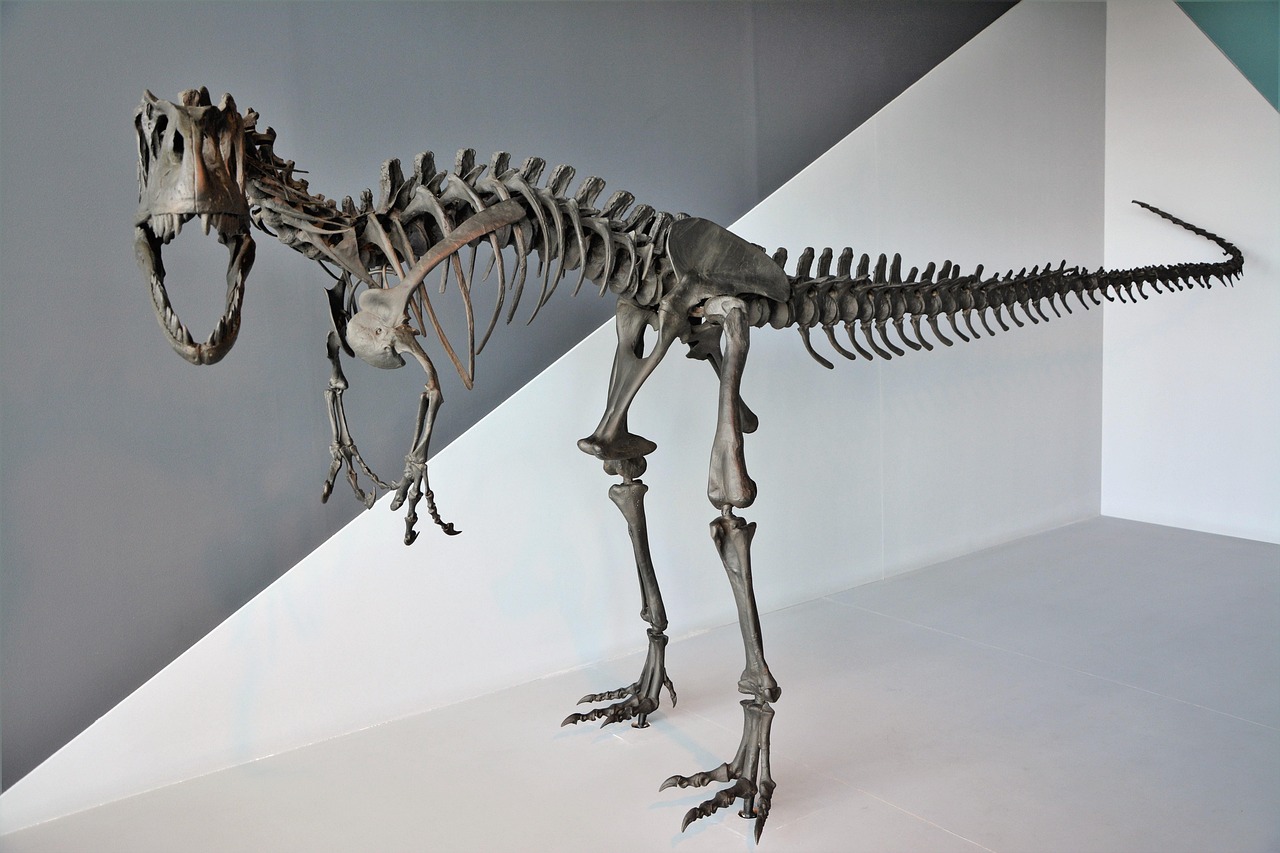
Aboriginal Australians have maintained deep connections to Sydney’s fossil heritage for tens of thousands of years, incorporating ancient remains into their cultural practices and storytelling traditions. The Australian Museum works closely with Indigenous communities to present fossils within their proper cultural context, recognizing that these prehistoric remains hold spiritual significance beyond their scientific value. Traditional stories passed down through generations often contain remarkably accurate descriptions of extinct megafauna, suggesting that Aboriginal peoples lived alongside and observed these creatures directly. Rock art sites throughout the Sydney region include depictions of animals that scientists have only recently identified through fossil evidence, demonstrating the incredible continuity of Indigenous knowledge systems. This collaboration between traditional knowledge and modern science creates a more complete understanding of Sydney’s prehistoric heritage than either approach could achieve alone.
The Microscopic Fossils That Tell Big Stories

While massive dinosaur bones capture public imagination, some of Sydney’s most important fossil discoveries require microscopes to appreciate fully. The Australian Museum’s microfossil collection contains billions of tiny organisms that lived in ancient seas, each one contributing crucial information about past climates and environmental conditions. These microscopic fossils, including foraminifera and radiolarians, act like prehistoric weather stations, recording temperature, acidity, and nutrient levels in ancient oceans. Scientists can examine these tiny fossils to reconstruct detailed climate histories spanning millions of years, providing context for understanding modern climate change. The sheer abundance of these microscopic fossils means that every handful of sediment from certain Sydney locations contains thousands of individual specimens, each with its own story to tell.
Fossil Preparation Behind the Scenes

The process of transforming raw fossil discoveries into museum-worthy displays requires incredible skill, patience, and cutting-edge technology that most visitors never see. Fossil preparators working in the Australian Museum’s laboratories spend months or even years carefully removing rock matrix from delicate specimens using tools ranging from dental picks to high-powered microscopes. Advanced techniques like CT scanning allow scientists to examine fossils without damaging them, revealing internal structures and hidden details that would be impossible to see otherwise. The preparation process often uncovers unexpected discoveries, such as stomach contents that reveal diet preferences or evidence of injuries that tell stories of ancient struggles for survival. This meticulous work transforms unremarkable-looking rocks into spectacular displays that capture public imagination and advance scientific understanding simultaneously.
Climate Change Lessons from Sydney’s Ancient Past
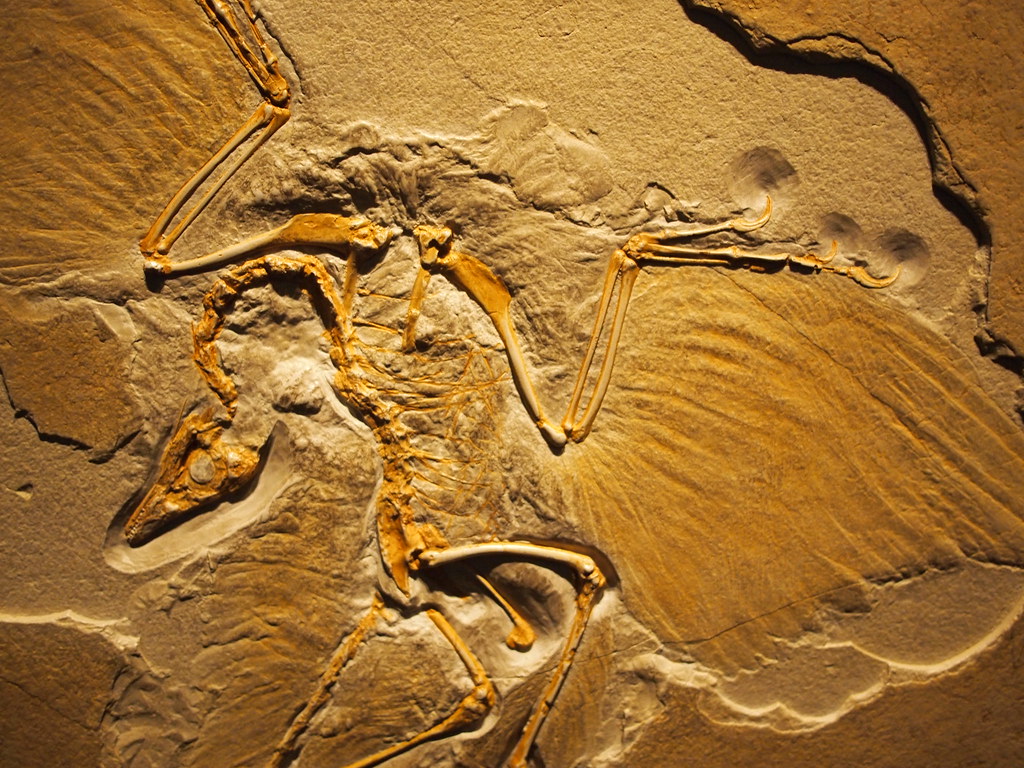
Sydney’s fossil record provides crucial insights into how ecosystems respond to dramatic climate changes, offering important lessons for understanding current environmental challenges. The museum’s climate-focused fossil displays show how species adapted, migrated, or became extinct in response to past warming and cooling periods. These prehistoric climate transitions happened over thousands of years, providing time for evolutionary adaptation that modern rapid climate change may not allow. Fossil evidence shows that Sydney’s climate has fluctuated dramatically throughout its history, from tropical rainforest conditions to ice age environments and everything in between. By studying these ancient climate transitions, scientists can better predict how current ecosystems might respond to ongoing environmental changes, making the museum’s fossil collection a valuable resource for climate research.
The Technology Revolution in Fossil Discovery
Modern fossil hunting in the Sydney region has been transformed by technological advances that would seem like magic to early paleontologists. Ground-penetrating radar can detect fossil deposits buried deep underground, while satellite imagery helps identify promising fossil sites from space. The Australian Museum employs 3D printing technology to create perfect replicas of fragile fossils, allowing researchers to study specimens without risking damage to irreplaceable originals. Digital databases now connect Sydney’s fossil discoveries to global research networks, enabling international collaboration on unprecedented scales. These technological tools have accelerated the pace of discovery dramatically, with more fossils being found and analyzed in the past decade than in the previous century of research combined.
Conservation Challenges for Sydney’s Fossil Heritage
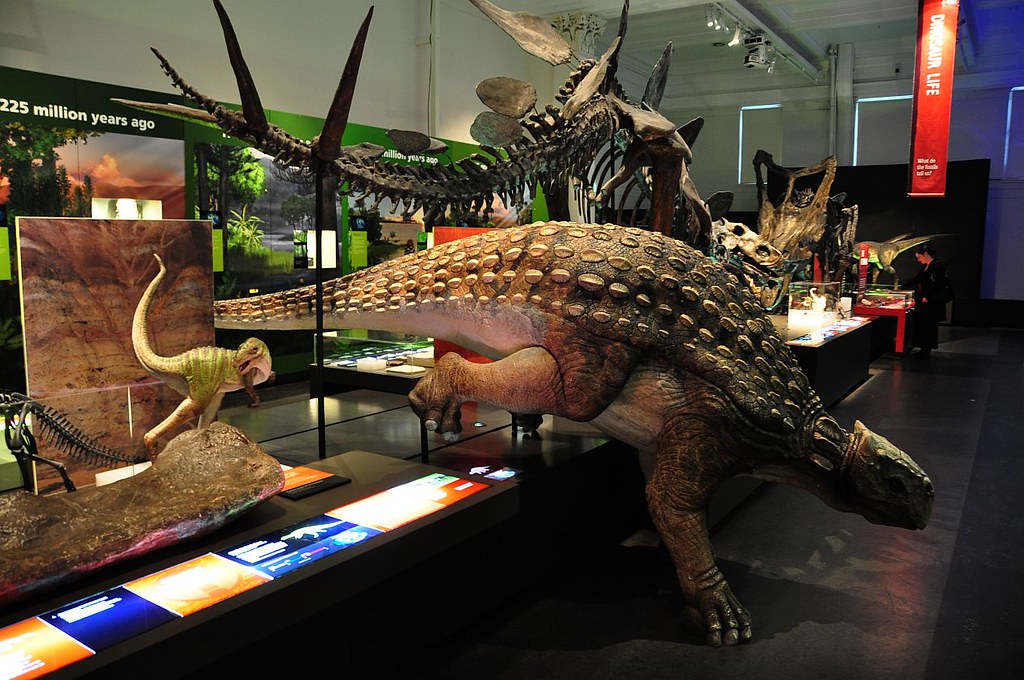
Urban development throughout Sydney poses ongoing challenges to fossil conservation, as construction projects frequently disturb or destroy important paleontological sites before they can be properly studied. The Australian Museum works with government agencies and developers to implement fossil protection protocols that balance urban growth with heritage preservation. Climate change threatens existing fossil sites through increased erosion, flooding, and extreme weather events that can damage exposed fossil deposits. Many of Sydney’s most important fossil locations remain vulnerable to development pressure, requiring constant vigilance from conservation advocates and scientists. The race to document and preserve Sydney’s fossil heritage becomes more urgent each year as the city continues expanding into previously undeveloped areas that may contain significant paleontological resources.
Educational Programs That Bring Fossils to Life

The Australian Museum’s educational initiatives transform fossil viewing from passive observation into active learning experiences that inspire the next generation of paleontologists. School programs allow students to handle real fossils, participate in simulated dig sites, and learn fossil identification techniques from professional scientists. Interactive displays use augmented reality to show how fossilized skeletons would have looked when covered with flesh and walking through ancient landscapes. Community workshops teach families how to identify fossils during beach walks and hiking trips, turning every outdoor adventure into a potential scientific expedition. These educational programs ensure that Sydney’s fossil heritage remains relevant and accessible to people of all ages and backgrounds, fostering public appreciation for paleontological science.
Future Discoveries Waiting to be Uncovered
Despite decades of intensive fossil hunting throughout the Sydney region, scientists estimate that the vast majority of the area’s prehistoric treasures remain undiscovered and waiting for future generations to uncover. Ongoing construction projects continue revealing new fossil sites, while improved extraction and analysis techniques make previously unusable specimens scientifically valuable. The museum’s research programs focus on unexplored rock formations that likely contain entirely new species of prehistoric life unique to the Sydney region. International collaboration with other museums and research institutions promises to unlock new insights from existing collections through fresh analytical approaches. The future of Sydney’s fossil heritage looks brighter than ever, with new discoveries happening regularly and public interest in paleontology reaching unprecedented levels throughout the community.
The fossil collections at the Australian Museum represent far more than ancient bones and shells gathering dust in display cases. They serve as portals to understanding Sydney’s incredible deep history, connecting modern residents to the countless generations of life that called this region home long before humans arrived. Every fossil tells a story of survival, adaptation, and change that resonates with our current environmental challenges and inspires wonder about the natural world. The next time you walk through Sydney’s streets, remember that beneath your feet lies an entire universe of prehistoric life waiting to share its secrets. What other ancient mysteries might be hiding just beneath the surface of our everyday world?


